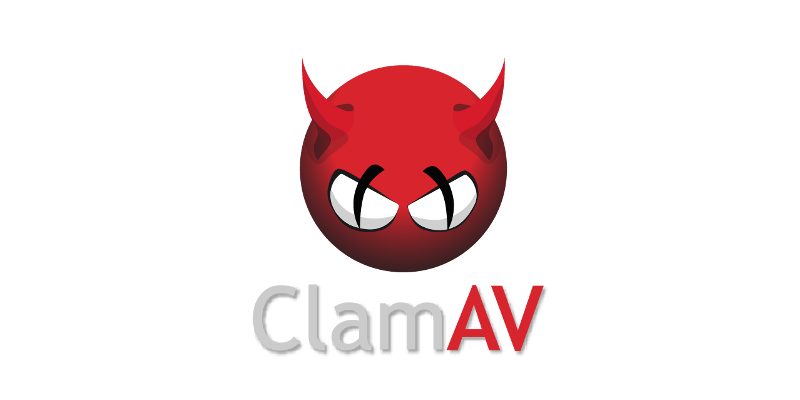ClamAV — Open-Source Antivirus Engine
Why It Matters
Linux admins don’t always want heavy commercial AV. Sometimes all that’s needed is a free engine to scan mail or shared files. ClamAV has been around for years doing exactly that. It’s open source, widely trusted, and easy to script. Not an endpoint security suite, but solid for mail gateways and servers that need to block infected attachments.
How It Works
ClamAV comes with two main pieces: the command-line scanner (clamscan) and the daemon (clamd). The engine checks files, archives, and mail attachments against signature databases. Updates are handled by freshclam, usually multiple times a day. Many mail servers (Postfix, Exim, Sendmail) hook directly into ClamAV for attachment scanning. It can also sit in file upload pipelines or CI/CD jobs as a quick filter.
Technical Notes
| Area | Notes |
| OS support | Linux, BSD, macOS, Windows |
| Components | clamscan CLI, clamd service, freshclam updater |
| Role | Virus scanner for files, archives, email |
| Usage | Mail gateways, file servers, DevOps pipelines |
| Updates | Frequent signature downloads |
| License | GPL, open source |
Deployment Notes
– Install from repos or official packages.
– Set up freshclam for auto updates.
– Run one-off checks with clamscan.
– Use clamd for mail or service integrations.
– Combine with MTAs or proxies for live filtering.
Where It Fits
– Mail relays cleaning inbound/outbound attachments.
– File servers where malware can spread through shares.
– Linux desktops that just need a basic AV layer.
– Build pipelines checking uploaded files.
Caveats
– Signature-based: misses new or unknown malware.
– Scans can be slow on big archives.
– No fancy GUI — it’s command-line first.
– Works better as a backend scanner than a user-facing AV.

